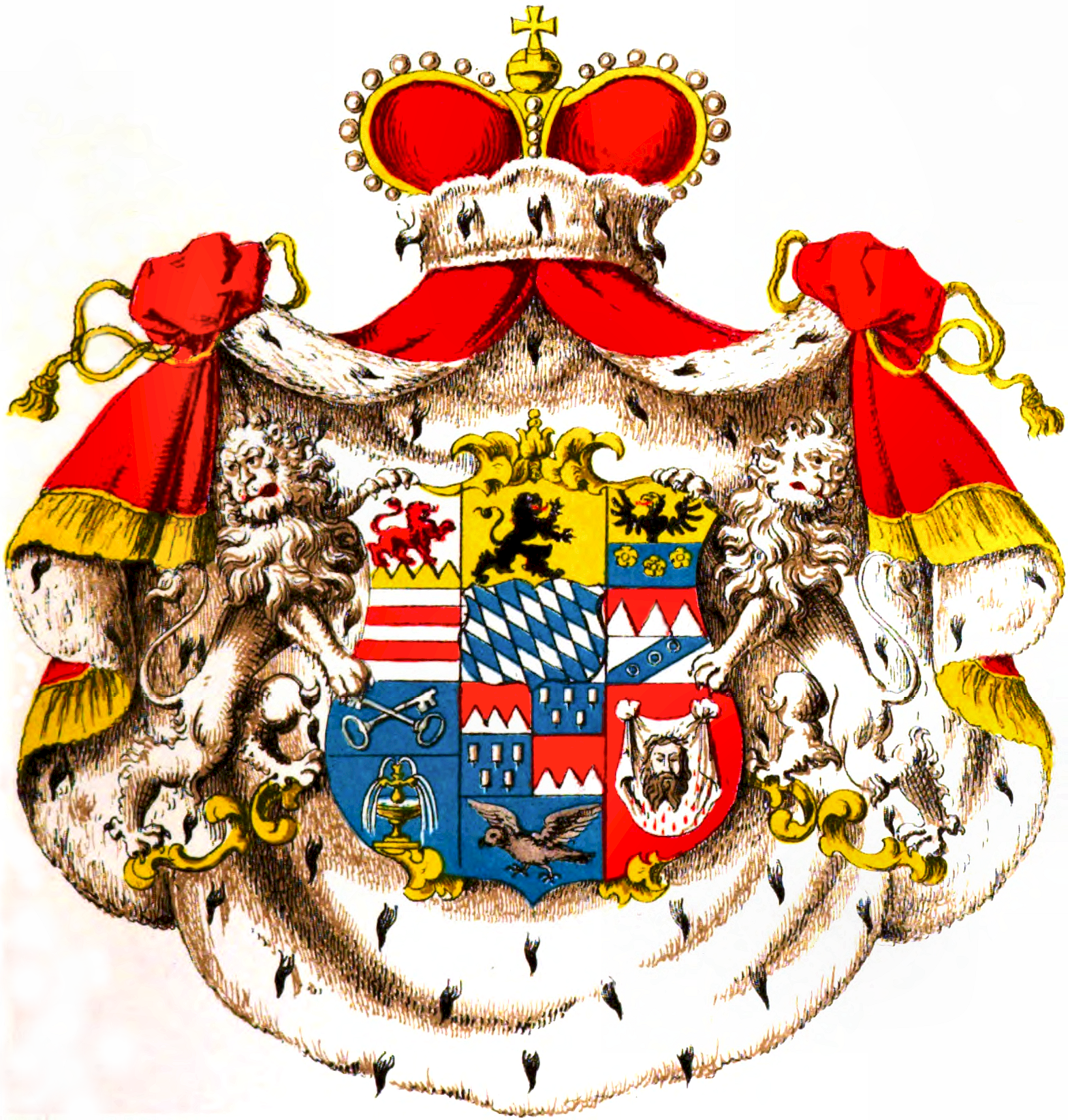The marriage of Archduchess Maria Theresa of Austria to Francis Stephen of Lorraine in 1736 marked a significant turning point in the history of the Habsburg dynasty. This union, which was orchestrated by the powerful Emperor Charles VI, was crucial in securing the future of the empire and cementing the Habsburgs' position in European politics. The engagement, which was announced in 1735, was a highly anticipated event that drew attention from across the continent, with many speculating about the implications of this strategic alliance on the balance of power in Europe[1].
As the wedding preparations unfolded, the couple's relationship was scrutinized by the public and the royal courts. The marriage was seen as a key component in the Habsburgs' efforts to maintain their influence and stability in the face of growing threats from neighboring powers. The union also had significant implications for the future of the empire, as it set the stage for the rise of the Habsburg-Lorraine dynasty, which would dominate European politics for centuries to come. This article will delve into the details of this pivotal event, exploring the motivations behind the engagement and its lasting impact on European history[1].
what is the princely house of and why is it significant
The Princely House of Liechtenstein is significant because it is a 900-year-old entrepreneurial family that has played a crucial role in shaping the history and economy of Liechtenstein. The family's entrepreneurial spirit, diversified investments, and commitment to sustainability have enabled them to overcome various challenges and maintain their wealth over generations. The Princely House is also notable for its extensive art collections, which include masterpieces from the early Renaissance to Austrian Romanticism, and its philanthropic efforts, including the preservation of cultural and historical sites.what is the history of the princely house of liechtenstein
The Princely House of Liechtenstein has a rich history dating back to the 12th century. The name Liechtenstein was first mentioned in about 1136, and the family's uninterrupted line of ancestors began with Heinrich I of Liechtenstein, who died around 1265/66. Over the centuries, the family acquired vast estates in Austria and the former Bohemian lands, and they grew their wealth through entrepreneurial ventures and strategic investments. The family's success was marked by their ability to adapt to changing times, diversify their investments, and maintain a strong sense of tradition and values. The Princely House of Liechtenstein has played a significant role in shaping the history of Liechtenstein, a small state located in the heart of Europe. The family's influence extended to the Habsburg Imperial Court, where they rose to become one of the most influential families. The Princely House has also been known for its philanthropic efforts, including the preservation of cultural and historical sites, and its extensive art collections, which include masterpieces from the early Renaissance to Austrian Romanticism. Today, the Princely House is led by Prince Hans-Adam II, who has been the Head of State of Liechtenstein since 1989. Under his leadership, Liechtenstein joined the United Nations in 1990 and the European Economic Area in 1995, enhancing national sovereignty and international visibility. The Princely House continues to be a significant force in Liechtenstein's economy and culture, with its company portfolio ranging from agriculture and forestry to alternative energy production and financial institutions.what is the current status of the princely house of liechtenstein
The current status of the Princely House of Liechtenstein is that it is a constitutional hereditary monarchy with a significant political role in the Principality of Liechtenstein. The reigning Prince, Hans-Adam II, exercises state power together with the People in accordance with the Liechtenstein Constitution and the laws of the country. The Princely House is led by Prince Hans-Adam II, who has ceded the affairs of state to his first-born son and designated heir to the throne, Hereditary Prince Alois.As we conclude our exploration of the historic engagement in the Princely House of Habsburg, we are reminded of the significant role that this union played in shaping the course of European history. The marriage of Archduchess Maria Theresa to Francis Stephen of Lorraine in 1736 marked a pivotal moment in the Habsburg dynasty, securing the future of the empire and cementing the family's position in European politics. This strategic alliance not only strengthened the Habsburgs' influence but also set the stage for the rise of the Habsburg-Lorraine dynasty, which would dominate European politics for centuries to come. The engagement, which was orchestrated by Emperor Charles VI, was a testament to the family's ability to adapt to changing times and maintain their power through strategic marriages and alliances. As we reflect on this momentous event, we are reminded of the importance of understanding the complex web of relationships and alliances that have shaped the course of European history.
In conclusion, the engagement in the Princely House of Habsburg serves as a powerful reminder of the enduring impact of strategic alliances and marriages on the course of history. The union of Maria Theresa and Francis Stephen not only secured the future of the Habsburg dynasty but also set the stage for the rise of the Habsburg-Lorraine dynasty, which would play a significant role in shaping European politics for centuries to come. As we look back on this momentous event, we are reminded of the importance of understanding the complex web of relationships and alliances that have shaped the course of European history. The engagement in the Princely House of Habsburg is a testament to the enduring power of strategic alliances and marriages in shaping the course of history, and it serves as a powerful reminder of the importance of understanding the complex web of relationships and alliances that have shaped the course of European history.



No comments:
Post a Comment